Junkyard Find: 1989 Buick LeSabre Estate Wagon

The traditional full-size Detroit station wagon was in trouble by the end of the 1980s, thanks to the rise of the minivan. Increasingly car-like SUVs would kick the other leg out from under big rear-drive wagon sales during the 1990s, and so this great big GM B-platform wagon is one of the last of its type. Look, it’s even a woodie!
The Buick Estate name goes way back in GM history. The version we’re looking at in this Northern California wrecking yard is from the final generation of the Estate Wagon, built on the downsized B platform for the 1977 through 1990 model years (after that, you could get a Roadmaster Estate).
The “wood” on this car isn’t particularly convincing.
The cassette deck came with auto-reverse, still a futuristic technology in the eyes of Buick customers in 1989.
The non-wagon LeSabre had gone to the front-drive H-body platform by this time, which must have been a bit confusing for Buick shoppers.

Murilee Martin is the pen name of Phil Greden, a writer who has lived in Minnesota, California, Georgia and (now) Colorado. He has toiled at copywriting, technical writing, junkmail writing, fiction writing and now automotive writing. He has owned many terrible vehicles and some good ones. He spends a great deal of time in self-service junkyards. These days, he writes for publications including Autoweek, Autoblog, Hagerty, The Truth About Cars and Capital One.
More by Murilee Martin
Latest Car Reviews
Read moreLatest Product Reviews
Read moreRecent Comments
- Daniel J How is this different than a fully lifted truck? I see trucks rolling off the lot with the back lifted already, and then folks get the front lifted to match. Are there specific "metrics" at how high they can and can't be? The example shown has the truck's front lifted more than normal, but I've seen these around here where the backend is dropped and the front end is at a regular height.
- Theflyersfan I think color is FINALLY starting to return to car lots. After what seems like over a lost decade of nothing but shades of gray, whites, and black, I'm seeing a lot more reds and blues creeping into luxury car lots. Except Audi and Volvo. They still have at least 6-8 shades of gray/silver. But they at least have a nice green. Honda and Acura seem to have a bunch of new colors. And all carmakers need to take a serious look at the shades of red seen at the Alfa Romeo lot and tell themselves they want that because that looks amazing.
- Bd2 Well, it's no Sonata, no does it have the panache of the Optima.
- Teddyc73 "eye-searingly"?
- Teddyc73 I applaud anyone who purchases a vibrant, distinct or less popular color. We need these people. Our road ways have turned into a dreary gloomy sea of white, black, silver and greys, most with the equally lifeless black wheels. Mr Healey is guilty of contributing to this gloom apparently. It looks like a black and white movie across the nation when grouped with our grey houses with grey interiors. Totally dull and lifeless. And what is with this awful hideous trend of dull grey with black wheels showing up everywhere? It's on everything. Just awful. Come on people! I'll keep my Ram 1500 with it's deep rich sparkling Western Brown paint as long as I can.




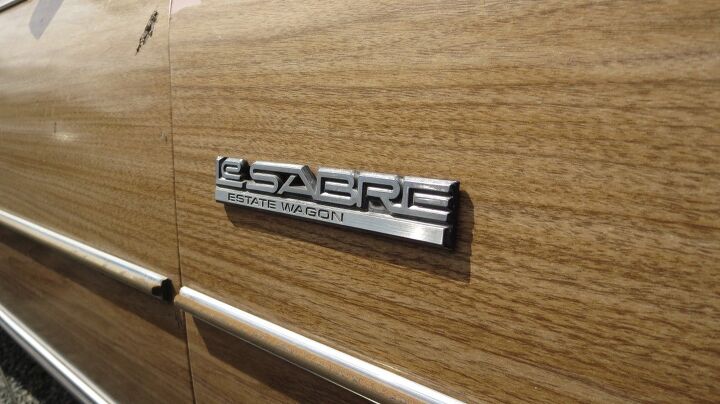























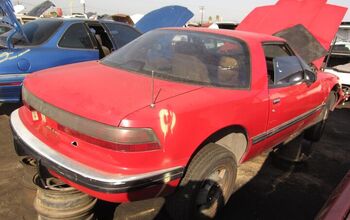
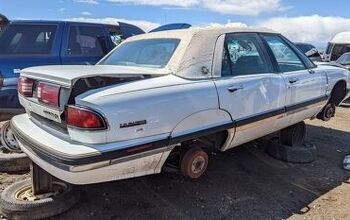
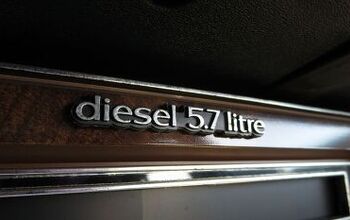
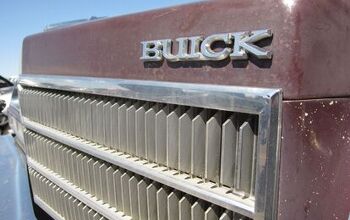
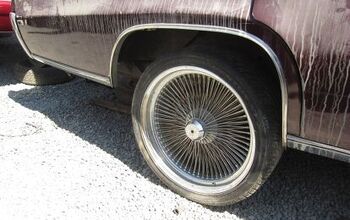
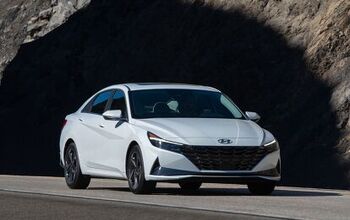
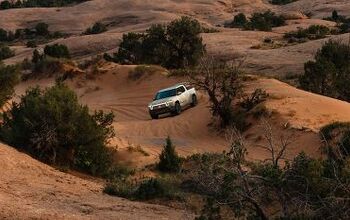
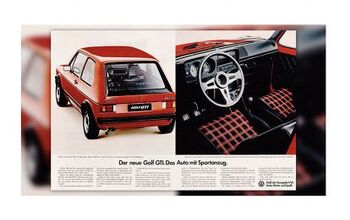
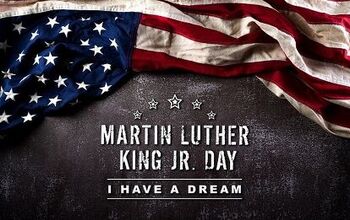
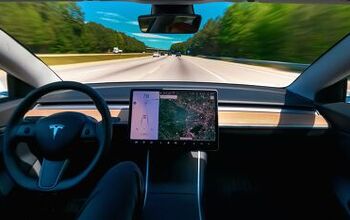
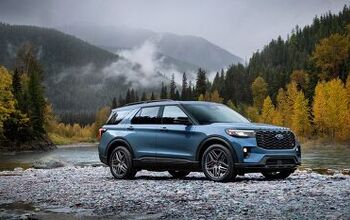
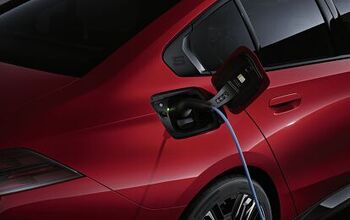

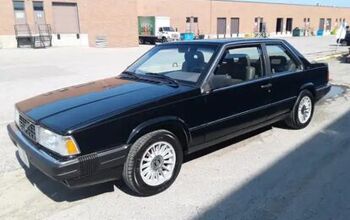
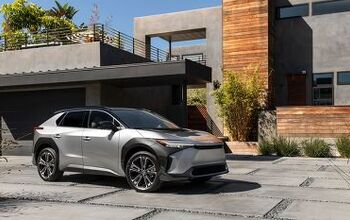
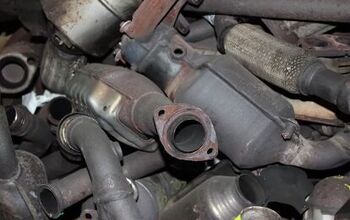
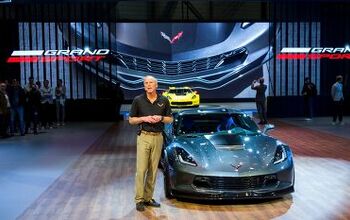

Comments
Join the conversation
I really like when these cars come up in TTAC articles. As the owner of a '79 Impala wagon for 11 years, I'm going to post a bunch of trivia about them. Most of it I've posted here before, but not in one place. A design goal was to hold a 4x8 sheet of plywood flat in the cargo area. To do this, the body was widened at the back. But because the cars used the non-wagon front ends, the sides had to be adapted. For the '77-79, the rear doors were awkwardly angled out, while the next generation had a rear door with a gentle S-curve in it. You can see this by sighting down the sides. To maintain stability and make the rear wheelhouse look right, the rear axle was lengthened. Since a lot of these also had Positraction, they became a target of people building race cars. On the other hand, the Ford/Mercury wagon somehow got away with the standard sedan rear axle, but still had the wider rear body. The result was they appear to overhang the rear wheels to the sides, and look ungainly. The other result is the Ford wagon's rear axles are not a prized find for customizers. The longer GM axle meant the front and rear tires followed somewhat different tracks, which could be a problem driving in slush. Someone commented that the final version of the sedan, without the wheel skirts, used the longer wagon axle. I'd assume the problem was that the rounded body caused the rear wheels to look too far set in from the sides, and using the longer axle made it look right. These wagons were a favorite for painters. They needed a large flat surface for paint cans, and a low lift height for putting ladders on the roof. There used to be fleets of these wagons in Hawaii, where they were lengthened by 2 seats and 2 more doors on each side. There is a club in Finland devoted to these wagons. There were businesses that grafted the wagon rear ends onto Cadillac bodies to create Cadillac wagons. As they aged and rusted, they would start flexing over the rear axle. This sometimes caused the body to crack open up on the sides of the roof above the "C" pillar. While the back seat was simple to convert from seating to cargo use, it was not split and so you lost three seats when you wanted to carry something long. There was lots of space to sleep back there, but the low roof was a nuisance for living in it. The Buick had a lengthened nose, like Cadillacs. They must have had a lot of wasted space up there, since the Chev etc. already had over 18" of unused length between the engine and the grille. I had the 350 V8 with 4-bbl Rochester carb and Positraction. It just loafed along at high speeds. It could also climb and plow through snow, as long as there was lots of weight in the back. Without anything in the back, grip was almost non-existent. To avoid the comical "rear bumper dragging", I added air shocks. The car was an impressive combination of limousine and pickup truck, and it was capable of 20mpg (Imperial) on the highway fully loaded. It was relatively easy to park because the front wheels could be turned very sharply and so it had a good turning radius. It was reasonably reliable, but the metallic paint was a disaster. I thought the most handsome version of these wagons was the '80+ Chev. They looked dumb without the factory roof rack, and very nice with it. The bi-level a/c had lower vents positioned on the dash such that we called them "groin coolers". Besides the large cargo area, there was a huge bin under the cargo floor (if you didn't have the third seat) and also a waterproof bin in the driver side that could be used as a cooler. The spare went vertically in the passenger side of the cargo area. The 2 front headrests were a joke, and the rear seat had none. The 3-speed automatic was the best automatic I've ever had in terms of being in the right gear. It never "hunted" on long hills. The 'gangsta scene calls the earlier ones "boxes", and the rounded ones "blimps". I think they call the pre-'77's "donks". I think these wagons could have lived longer if they'd evolved into the layout of the Ford Freestyle. But the makers didn't bother to cut down on the surplus width and length, and add a bit of height for functionality. I really enjoyed all the comments contributed about these cars. Over the years of owning cars, that wagon is the one that most often shows up in my dreams.
I was always bemused that these full-sizers were still carbed while smaller GM A and J cars of the same era were fuel injected.